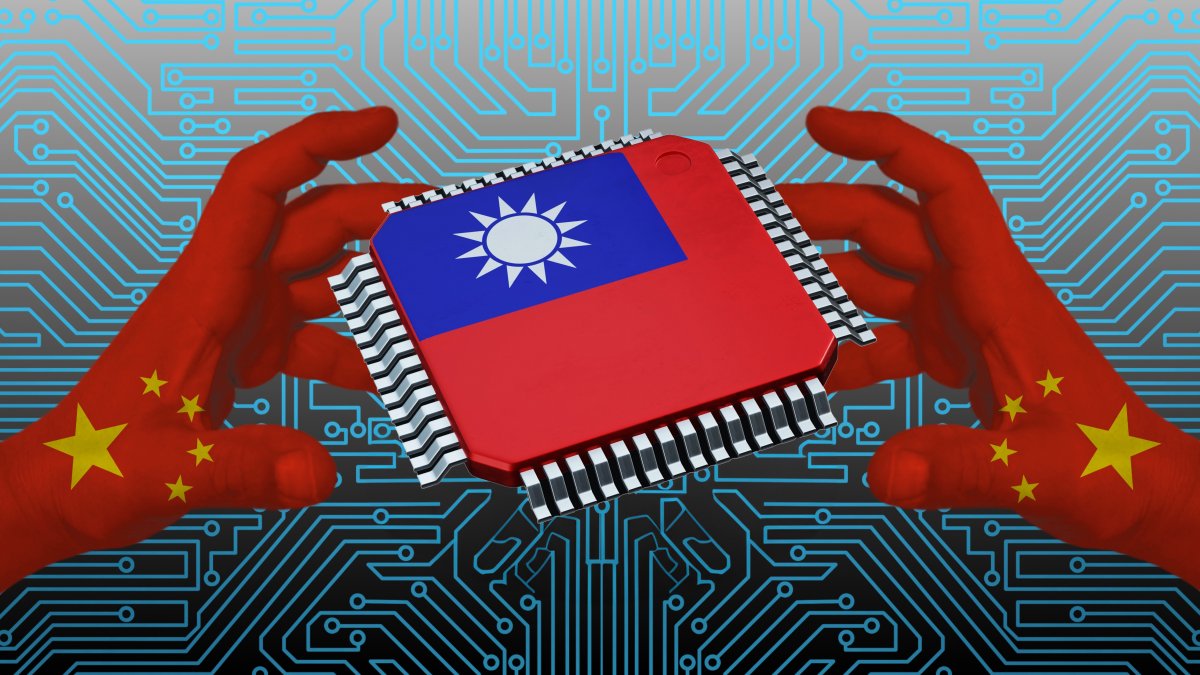China’s recent military maneuvers around Taiwan have raised concerns about the potential impact on the global economy. In particular, the semiconductor industry is at risk due to its heavy reliance on Taiwan’s leading production. Taiwanese manufacturers TSMC and UMC, along with PSMC and VIS, are responsible for 61-63% of global production, and Taiwan produces ten times more semiconductors than the People’s Republic of China. The Chinese semiconductor manufacturer SMIC, founded with government support, has claimed to produce chips in the 7-nanometer class, but skepticism remains regarding their yield and actual technological breakthroughs.
China also faces pressure from the US to prevent suppliers such as ASML and Nikon from shipping lithography systems to China, which are essential for wafer production. As a result, China could not establish long-term production if the supply chains are disrupted, at least until China can produce such machines.
Local OEMs and semiconductor industry players in Taiwan are diversifying their value chains, including joint ventures in India, investments in the US and Europe, and production expansion in Arizona. Nevertheless, Taiwan’s electronics industry still accounts for nearly 45% of export performance, and it fell to China for the tenth straight month.
Taiwanese people have lived with the threat posed by China for decades, and they have become accustomed to Chinese saber-rattling. While an attack by China on Taiwan may seem possible, the global economic consequences would be catastrophic and far-reaching, affecting mainland China’s economy and Xi Jinping’s promise of the “Chinese dream.”
In summary, factors such as geopolitical developments, economic reasons, and diversification strategies are impacting the semiconductor industry’s future. Nevertheless, Taiwan’s industry is in a fundamental upheaval, and global industry leaders are looking for alternatives mainly in India, Southeast Asia, the US, and Europe, scenarios that could disrupt China’s value chains.


